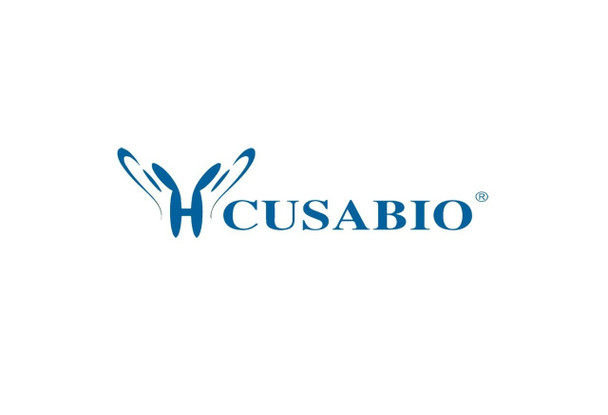Cusabio Polyclonal Antibodies
NPHP4 Antibody, HRP conjugated | CSB-PA015987LB01HU
- SKU:
- CSB-PA015987LB01HU
- Availability:
- 3 to 7 Working Days
Description
NPHP4 Antibody, HRP conjugated | CSB-PA015987LB01HU | Cusabio
NPHP4 Antibody, HRP conjugated is Available at Gentaur Genprice with the fastest delivery.
Online Order Payment is possible or send quotation to info@gentaur.com.
Product Type: Polyclonal Antibody
Target Names: NPHP4
Aliases: Nephrocystin-4 (Nephroretinin), NPHP4, KIAA0673
Background: Involved in the organization of apical junctions; the function is proposed to implicate a NPHP1-4-8 module (PubMed:19755384, PubMed:21565611) . Does not seem to be strictly required for ciliogenesis (PubMed:21565611) . Required for building functional cilia. Involved in the organization of the subapical actin network in multiciliated epithelial cells. Seems to recruit INT to basal bodies of motile cilia which subsequently interacts with actin-modifying proteins such as DAAM1 (By similarity) . In cooperation with INVS may downregulate the canonical Wnt pathway and promote the Wnt-PCP pathway by regulating expression and subcellular location of disheveled proteins. Stabilizes protein levels of JADE1 and promotes its translocation to the nucleus leading to cooperative inhibition of canonical Wnt signaling (PubMed:21498478, PubMed:22654112) . Acts as negative regulator of the hippo pathway by association with LATS1 and modifying LATS1-dependent phosphorylation and localization of WWTR1/TAZ (PubMed:21555462) .
Isotype: IgG
Conjugate: HRP
Clonality: Polyclonal
Uniport ID: O75161
Host Species: Rabbit
Species Reactivity: Human
Immunogen: Recombinant Human Nephrocystin-4 protein (397-543AA)
Immunogen Species: Human
Applications: ELISA
Tested Applications: ELISA
Purification Method: >95%, Protein G purified
Dilution Ratio1:
Dilution Ratio2:
Dilution Ratio3:
Dilution Ratio4:
Dilution Ratio5:
Dilution Ratio6:
Buffer: Preservative: 0.03% Proclin 300
Constituents: 50% Glycerol, 0.01M PBS, pH 7.4
Form: Liquid
Storage: Upon receipt, store at -20°C or -80°C. Avoid repeated freeze.
Initial Research Areas: Signal Transduction
Research Areas: Cell biology;Signal transduction






